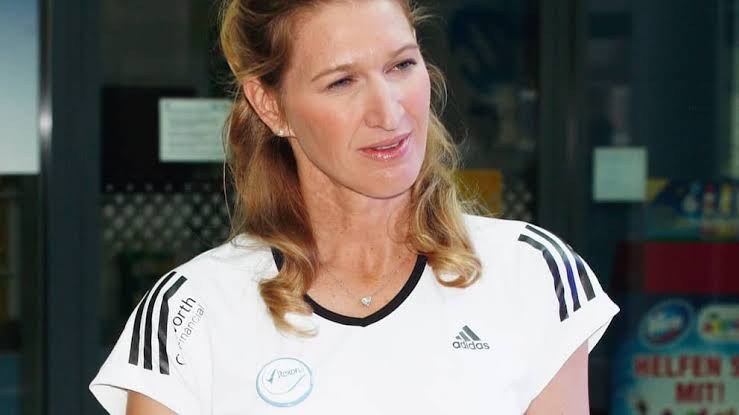What makes Steffi Graf a tennis legend in your opinion?
the front hand. The forehand had to be the one. Gabriela Sabatini’s second serve was about to be delivered, and Steffi Graf, one point from the greatest moment in tennis history, made a few fast strides to her left to run around the ball with her footwork looking as elegant as ever. With a forehand that only a staggering Sabatini could parry toward the Seoul bleachers, the 19-year-old completed her 1988 Olympic trophy collection with grand slam victories at the Australian Open, French Open, Wimbledon, and US Open. The rarest of victories was won by a woman with what is arguably the best forehand in history. Until now, no player—male or female—had ever claimed the golden slam.
The women’s game entered a new era with Graf. She not only broke the dominance of Chris Evert and Martina Navratilova, but she also paved the way for heavyweights like Monica Seles and the Williams sisters, increasing the power on the Tour during a period when Boris Becker was doing the same for the men’s division. The same way that her fellow German gained notoriety for his lightning-fast serves, “Fräulein Forehand” did the same with her most potent stroke. That blow had the power to level a whole forest. Inside out, inside in, down the line, cross-court, you name it, the range was unrelenting. Graf would annihilate it from any location. Zina Garrison once claimed, “Nobody in the world can do what she does,” back in 1989.
Graf’s backhand slice, which she cut with metronomic accuracy, was almost as terrifying. For her unfortunate opponents, it was tantamount to death by thousand cuts as they would be forced to err or loop the ball to her forehand, where it would sit up appetizingly before being smashed back for yet another winner. She was also a terrific athlete, possibly the most complete player the game has ever seen, with superb footwork and balance. They hardly stopped moving as her feet struck the court. They traveled quickly. In his memoirs, Andre Agassi stated that his wife trained with the German Olympic sports team due to her extreme speed; according to her teacher Pavel Slozil, she may have been even more adept at running than tennis.
On the court, her strength and quickness belied her timidity off it. Her focus was so strong that many in the locker room mistook it for detachment until her demeanor softened toward the conclusion of her career. She didn’t seek attention; all she wanted was to play the game and be the best she could. Her strategy was aptly encapsulated in a moment during the 1999 French Open final. Graf, who was on the verge of victory but was thwarted by Martina Hingis’s antics, briskly approached the umpire and pleaded, “Can we just play tennis?” She would hardly stop to catch her breath in between points, much less contest a call, as she would always be running around the court as if there was no tomorrow. She was without grace or pretense; hers was
Graf proceeded with an equal determination to tear through the record books. She reached 13 consecutive major finals, winning nine of them, beginning at the 1987 French Open, where she won her maiden grand slam after rallying from a 5-3 deficit against Navratilova in the final set. Over her career, she held the top spot in the world rankings for an unprecedented 377 weeks. Her versatility allowed her to be clinically consistent on all surfaces. She continues to be the only player in history to have won every major at least four times and the only woman in the Open era to have swept to all the slam titles in the same season. This embodied the pinnacle of German efficiency.









